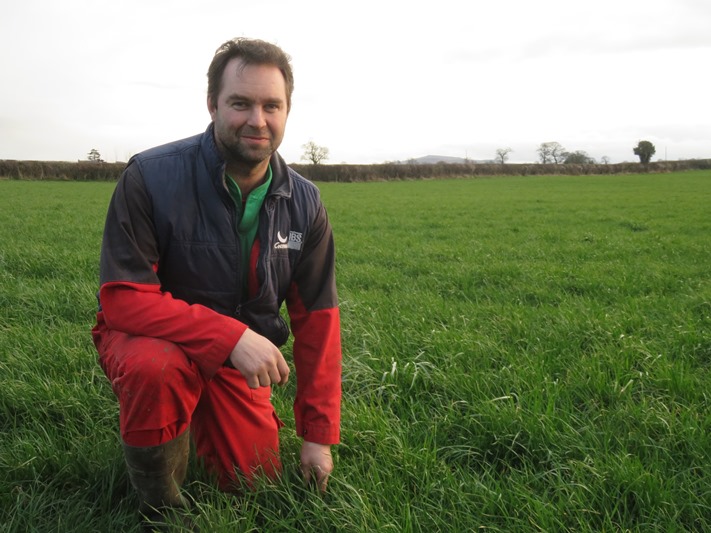Stubble turnips make the break
Andrew Dale relies on a brassica break before reseeding
Andrew Dale is a fourth generation dairy farmer based at Newnham Farm, Yockleton near Shrewsbury in Shropshire. There are 350, mainly Holstein cows, with a third calving in the spring and the rest calving in autumn. The average milk yield is 8,000 litres a year and the milk is sold to Arla.

The farm is 184ha (450 acres) with 102ha (250 acres) close to the buildings and the rest of the fields scattered further away. Wheat, maize, lucerne and grass silage crops are grown on off-lying areas
The silty clay loam over gravel is free draining but the grass can burn up in dry summers.
“If we are reseeding grass to grass, and the field is close enough to graze, we will sow a brassica crop like stubble turnips and not risk going straight back into grass,” explains Andrew Dale.
“We take a very early first cut or graze in late April, then destroy the sward and apply muck or slurry. The turnips are drilled with a slot seeder and then the field is rolled.
“This system clears the perennial and annual weeds and any pest challenge there may be. Last year the stubble turnips produced a massive amount of forage which was particularly useful in a dry summer.”
Once the stubble turnips have been grazed the field is ploughed, rolled, power-harrowed and rolled once more. High yielding silage mixtures Sabre or Broadsword are then drilled with an Einböck seeder at 14kg/acre.
“The brassica crop, which has been grazed provides a fantastic entry for the grass and the yields from the following crops can be up to 20t Dry Matter/ha. It is worth the effort and money of drilling an additional forage crop.”
This is an edited version of an article that appeared in British Dairying in April 2017.
